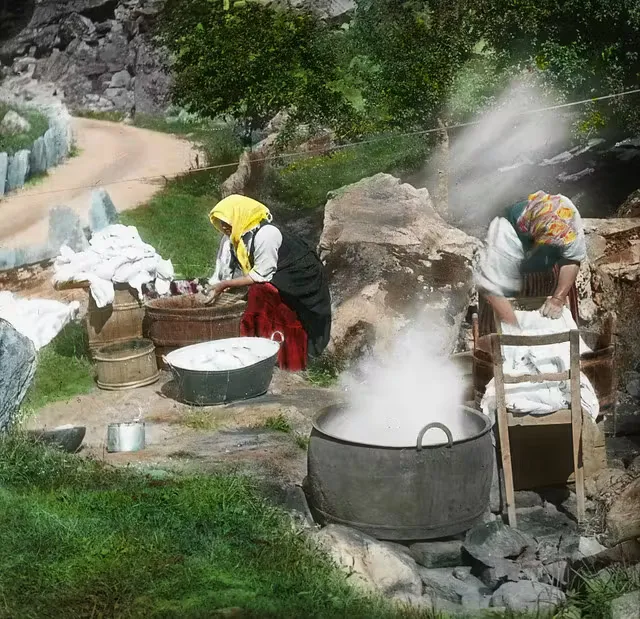Orchard Valley Gathering #2: Beyond Home and Household

A gathering of Orchard Valley residents, winter 2025. Photo: Facebook, courtesy of Darcy DuMont
Amherst History Month by Month
It’s time to check in again with the folks in the Orchard Valley neighborhood of South Amherst. Our second meeting in June brought new faces as well as women who had participated in the first conversation. This time, I wanted to uncover more specifics about the time period when most of them had moved here, several hailing from New Jersey and New York, from the late 1960s into the mid 1970s. I had lots of questions that I tried to make open-ended enough to activate a good discussion.
Preparing for the session, I looked over my articles in the Indy about housing (see here, here, here, here, and here) and realized that I hadn’t directly addressed the crucial role that women have played in telling the many histories of housing in this country. Early 20th century town planner Catherine Bauer got some attention but I could have mentioned the Victorian notion of a woman being “the angel in the house” or said more about the increasing part played by women, professionally, by the end of the 1800s, in what became known as Taylorism or scientific management especially as it related to US housing policy. Scientific management principles that were initially developed for industrial efficienc, profoundly impacted household management in the early 20th century, when “domestic efficiency” experts adapted studies from industry to reorganize domestic tasks, aiming to make housework more efficient, less tiring, and more fulfilling for women. Most post-World War II era homes and housing demonstrate the impacts of this theory, With this in mind, and some additional prep involving digging out my oral history work, both in London and here in my adopted country, I arrived at the topics we might cover.
It was in the late 1980s that I myself became a wife, a mother, and a homeowner, and eventually, a U.S. citizen. With help from my own family, my ex’s college teaching job and support from his parents, we were able to buy a house in Providence, RI in what had once been an historic Black neighborhood on “the wrong side of Hope” (meaning Hope Street). My in-laws bought us new appliances among many other things. The stove and especially the refrigerator (so big to my eyes compared to their tiny British counterparts) were spanking new and made such a difference to the costs of settling up house-keeping. We made our home in the second-floor apartment and rented out the first floor, sharing the yard and the front porch. I’m aware that these personal details reflect a degree of white privilege relative to my then neighbors. I think both my former husband and I were standing on the shoulders of our parents when we were able to begin to climb the ladder of home ownership.
The goal of securing stable accommodation (let alone a mortgage) was a universal aim for all people in this country who came of age in the 1930s as well as in the period after World War II. But access to homes and housing, public or private, or subsidized in some way, was uneven and supply could lag behind. There was more support with the coming of the Great Society in the late 1960s and this was when this gathering of residents began to move to Orchard Valley. The trend continued into the mid 1970s and parallels the great expansion of UMass Amherst at the time. I was relieved to find out that Orchard Valley supported one-parent as well as two-parent families from the outset in terms of its price-point. All of the women residents then were young mothers.
I asked about the new appliances that came with their new homes, because the Kay-Vee company, who were the property developers, had given each house a hot-water heater, dishwasher, a garbage disposal unit, an electric stove, and hook-ups for a washer and dryer. For small single-family homes, these houses were full of labor-saving devices, a testament to the impact of that the scientific management movement had had from the 19’teens onwards. And it was the purchase of a washer and dryer—saving the washing of laundry by hand or trips to a launderette—that was by far the most important labor-saving feature of these homes to ‘my’ group.
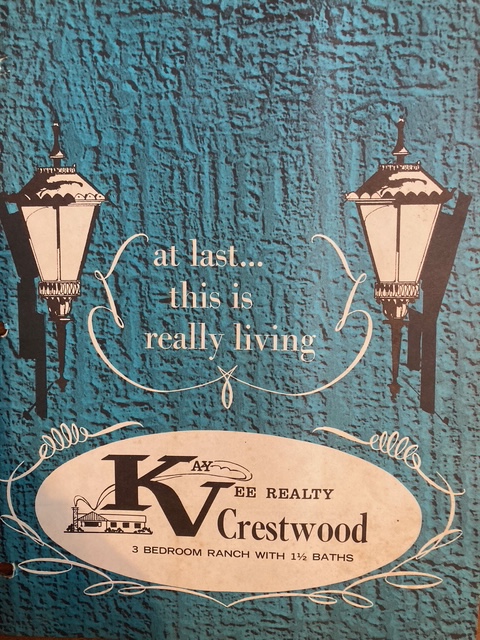
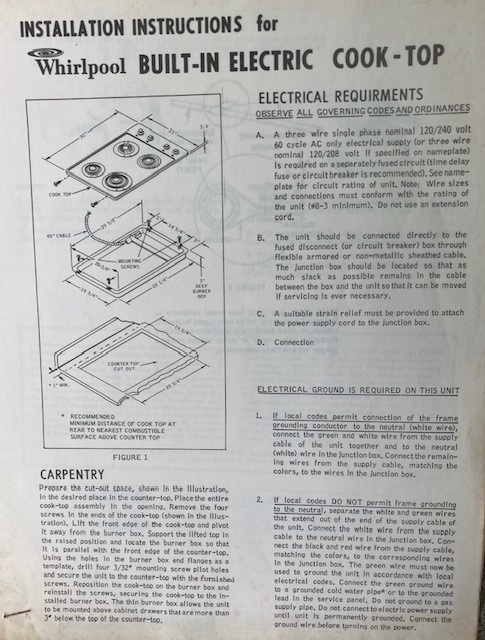
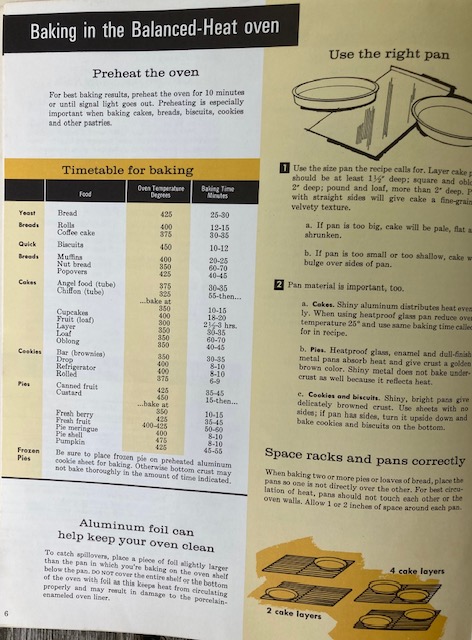
I asked about where they went shopping. There was a Sears nearby on Route 9 and other stores at what was then called the Spinning Wheel Mall (now Mountain Farms), accessible via Moody Bridge Road. This section of Moody Bridge Road between South Maple Street and Route 116 was still a dirt road then. It stays with me to realize that going food shopping then involved a ride through the fields, just as it does today. Also, in Amherst Center there was Louie’s Foods for groceries (where Green Stamps came with your purchases) as well as College Drug pharmacy that also had a soda fountain. More specialized shopping trips – such as supplies for babies and small children – involved a trip to Holyoke. There was mail order then; FedEx did deliver but there was no online shopping.

The smaller houses in Orchard Valley came with some HUD financing; these had one bedroom, one bath and a carport instead of a garage. Carports (derived from the fancy “porte-clocheres” of upper-class mansions were re-invented by Frank Lloyd Wright in his Usonians (like the one he built in South Amherst on Shays Street). Carports became ubiquitous especially with ranch houses. Larger homes at Orchard Valley came with garages. You would have been hard-pressed not to own a car to live in Orchard Valley, although a local school bus brought kids back and forth to Crocker Farm elementary school.
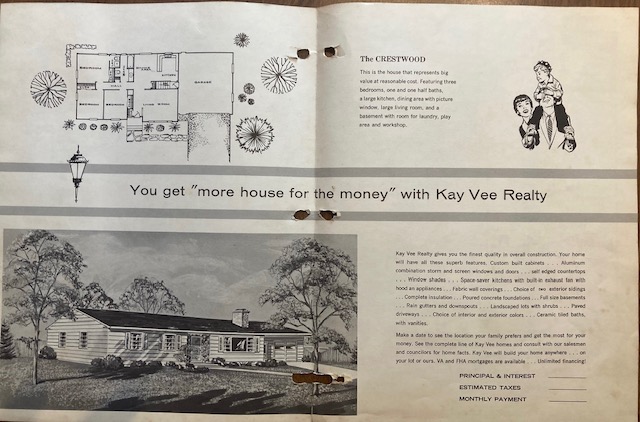
But what I am relearning by meeting with Orchard Valley resident is that housing and home design continue to play an important role in supporting our lives and our well-being. Architecture is, after all, a social art. But it is people who make a house a home and, by extension, other people who can help to create community. One of the telling memories of long-time residents here was the compassionate help when needed of Vince O’Connor, who was an early ally in supporting kids and families needing rides to after-school care. All the modern conveniences in the world were one thing but the “ties that bind” operated then, and they do now, drawing us out into other neighborhoods, our town generally and the Valley at large.
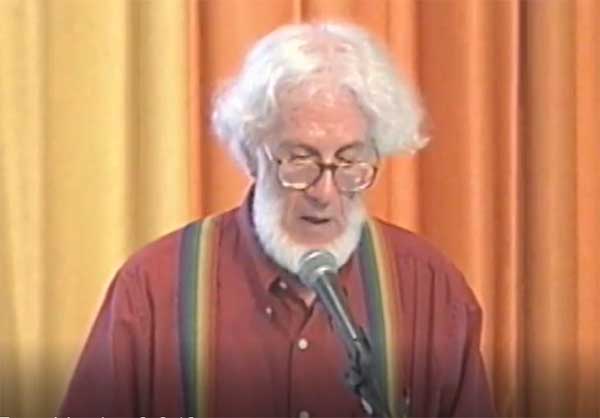
While it doesn’t make sense to try to generalize about employment among this group at that time, I couldn’t help noticing a couple of trends in the choices of fields that they got more involved in: special education, psychology, speech pathology, information technology, and journalism seemed to be preferred areas of employment. They had all perceived their roles as housewives quite seriously, reflecting the societal trends in thinking of this role as a ‘home manager’ set of skills. Handling multiple tasks and details at home did perhaps assist them in getting hired for paid employment beyond their community.
We spent a good while discussing the trends at that time in community mental health, remembering the closing of the Northampton and Belchertown State hospitals, looking up the date of the movie One Flew Over the Cuckoo’s Nest (1975), and remembering that new agencies began to emerge such as Riverside Industries that began providing services for individuals with intellectual and developmental disabilities. One Orchard Valley resident worked there for a while. Opened in 1968, Riverside had initially been created by a group of parents with the help of a Springfield priest, Father Robert Wagner (1933-2005) as the Occupational and Vocational Development Center (see also here).
There was no shortage of topics to discuss. They provided new insights and ideas about what worked and didn’t work. When I saw one of the Orchard Valley women last week, at a annual reading of Frederick Douglass’s speech, “What to the Slave, is the Fourth of July?” (begun by the Town of Amherst and hosted at South Church) she told me, “Yes, it’s time for us to get together again!”
